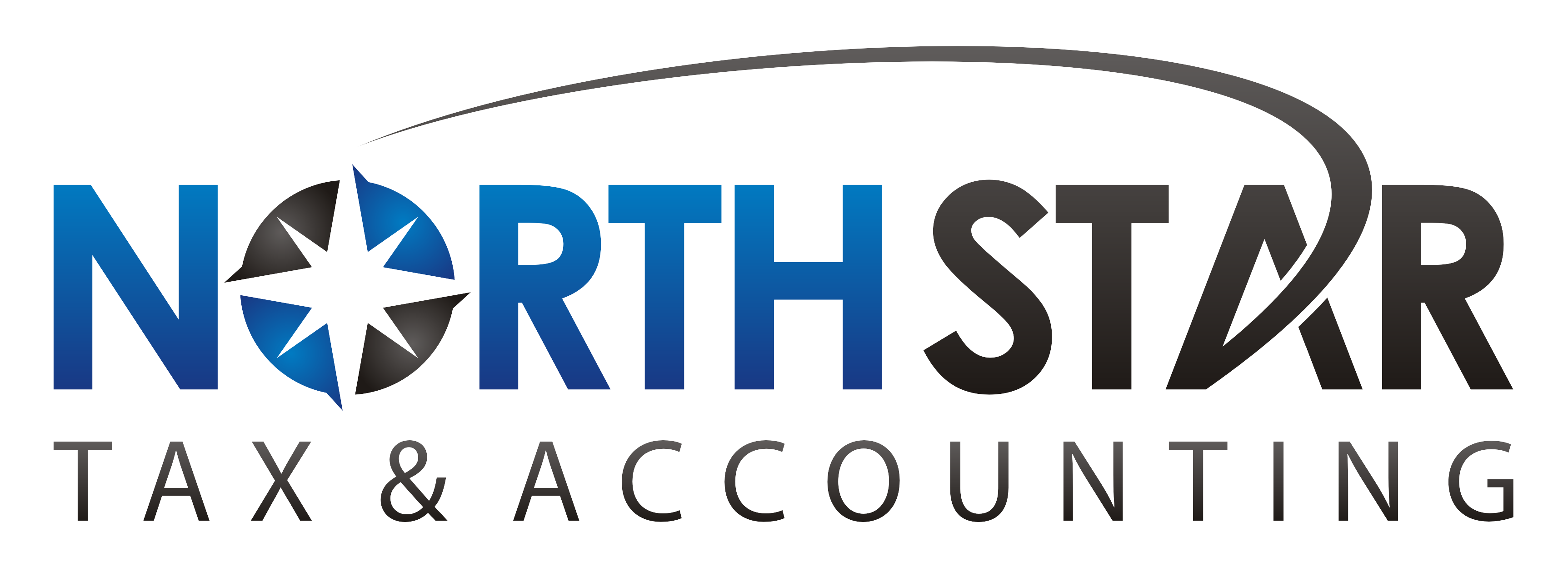When considering a companies overhead, North Star Tax and Accounting reviews all expenses not specifically related to purchasing products or offering services.

Some examples of overhead might be the cost of insurance, building leases, shipping costs, or utilities to name a few. By providing a thorough review and analysis of your companies overhead expenses you can learn where you can save money, reallocate resources, and become more profitable.
Overhead can be fixed costs, varied costs, or a combination of both.
Fixed Cost Overhead
A fixed cost overhead expense is something that does not change based on a businesses activity level. Rent for an office might be an example of this. Whether your company is doing $500 or $500000 in business per month, the cost of rent will not change. Some examples of fixed overhead expenses might be depreciation on fixed assets, lease payments, and insurance premiums.
Variable Cost Overhead

A variable cost overhead expense is an expense that directly coincides with the level of activity of your business. The best way to understand this expense is to see an example. Let’s say you own a flower deliver business. Your rent, utilities, employee salaries, and insurance are all fixed overhead costs. They do no change during valentines days when demand for flowers goes way up. While the cost of shipping doesn’t change on an individual basis, when you ship more flowers, your total shipping expenses go up. Shipping costs would be an example of a variable cost overhead expense.
Combination of fixed and variable overhead
An example of an overhead expense that might be a mixture of fixed and variable would be employee salaries. If an employee is paid the same regardless of output than that would’ve a fixed overhead expense. If however an employee is paid based on output such as a car dealer, window replacement salesman or any other commission type job, that employee is a variable expense.
There are also instances where an employee might be paid both A fixed salary as well as Commission.
Overhead Expense Categories
There are many expense categories when calculating overhead expenses. A few of the more common ones are as follows:
- General
- Administration
- Selling
- R&D
- Maintenance
- Manufacturing
- Transportation
How is overhead calculated?
Overhead expenses is usually inputted on a balance sheet as one large lump sum. The allocation of that overhead is then coordinated by management to different departments or services.
A simple formula for calculating overhead is as follows:
Overhead rate = Indirect costs/ Allocation measure
Indirect costs would be the actual overhead costs while allocation measure is the quantifier such as labor hours or products shipped. North Star Tax and Accounting would love to show you how a carefully calculation and allocation of overhead expenses can help grow your profits and increase productivity.
Use North Star Tax And Accounting To Help Reduce Overhead Expenses
These complicated overhead expenses can make or break a business. How you structure overhead expenses to ebb and flow with company need while managing the ups and downs in your specific business industry. North Star Tax and Accounting will provide a detailed analysis of your overhead cost structures as well as suggestions on how to become more profitable by controlling these costs more effectively.
